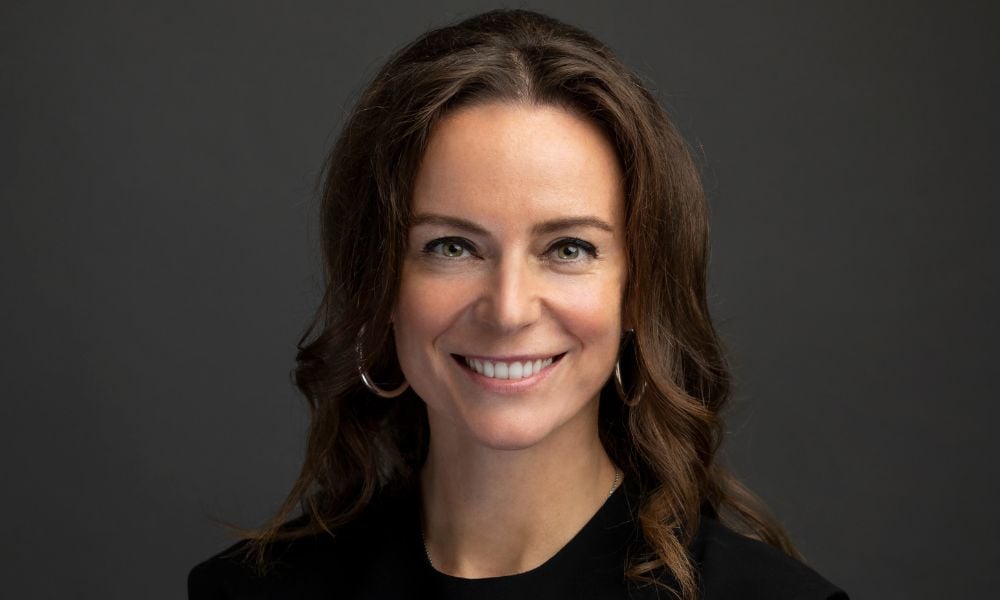'If you want to have a truly engaged and productive workforce, you've got to invest in employee development'

Having been at Ramsay Health Care for six years, group chief people officer Colleen Harris says one of the initiatives she is most proud of is its Global Leadership Academy.
“To grow as a business, we need to grow as many people,” she told HRD Australia. “So we have leaders from across Ramsay take part in practical, experiential and collaborative learning sessions throughout the year through our Leadership Academy.
“And through that, we focus on collaboration, helping them to develop enterprise thinking and an open mindset – that ‘inside out’ thinking.”
Harris is also proud of the organisation’s diversity and inclusion program.
“We've been able to, over the time I've been here, achieve our targets and maintain our targets for gender representation at the executive and the board level,” she said. “We have a workforce of 80% women, so we do have a responsibility to make sure that we're including women at all levels of the organisation.”
Joining Ramsay Health Care
Ramsay Health Care is one of the largest private health care companies, employing more than 88,000 people across healthcare facilities in eight countries including Australia, France, and the UK.
Harris said joined the business after being connected to its purpose and commitment to caring for people.
“Our culture is underpinned by what we call the ‘Ramsay Way,’ people caring for people,” she said. “That connected and really resonated with me.”
Another reason Harris joined was because of the opportunity to lead the people team in a diverse and dynamic organisation, she added.
But one factor that Harris enjoys the most when it comes to working in HR is supporting employees in their career development.
“I love empowering and developing people to reach their full potential,” she said. “It's really rewarding to support teams and individuals to grow their careers, develop skills, and contribute meaningfully to an organisation.”
How HR function has changed
Harris described some of the ways HR has changed since she first entered the industry.
“The biggest change I've seen over my career is technology,” she said. “There’s lots of incredible tools, platforms out there now that are making things like recruitment, onboarding, performance management, talent identification much easier in the workforce.”
Something else Harris has noticed is the greater emphasis on diversity and inclusion as well as employee wellbeing.
“You know yourself if you’re well and you're happy and you're doing a job you enjoy, you will perform better,” she said. “So it makes sense that we as organisations should be focusing on our people's wellbeing and making sure they can be the best they can be — not just at work but in their personal life as well.”
Key trends in healthcare
When it comes to key trends in HR within in the healthcare space, significant technological change is a big one, according to Harris. And one thing that has resulted is a stronger focus on the value of data.
“We are investing a lot in a digital transformation, which is all about providing better care for our patients, and better workplaces for our people,” she said. “And as part of that, we're harnessing the data we collect to make better decisions about clinical care, patient experience and employee experience.”
In addition, Harris reinforced the key change in healthcare that happened particularly after the COVID pandemic – the focus on employee wellbeing.
“It's critical to address mental health, work-life balance,” she said. “You have to attract and retain talent in this current market.
“So how do we help our people to have flexible working conditions and more learning and development opportunities? And in healthcare, that's critical. Ninety percent of our workforce work in roles where they can't work from home. So what does flexibility mean for all of those roles and all roles across our organisation?”
Positive workplace culture
For HR teams aiming to create a positive workplace culture, Harris believes in the power of employee development.
“Every organisation is different and has different priorities. But some areas are universal across organisations,” she said. “So if you want to have a truly engaged and productive workforce, you've got to invest in employee development. Offer opportunities for learning and growth to help people reach their full potential and grow their careers.”
Harris went on to describe other methods of developing a positive work culture.
“Communication is essential and it's two-way communication,” she said. “Keep your people informed, listen to their feedback, act on feedback and create a safe place for discussion. And in different forums, it shouldn't all be online or be face to face. How do you create those different forms for communication?
“And I also think it's important that your leaders know that they are responsible for creating a sense of belonging and purpose and leading through the culture. So that everyone understands how their work contributes to the company's broader mission, vision and strategy.”







